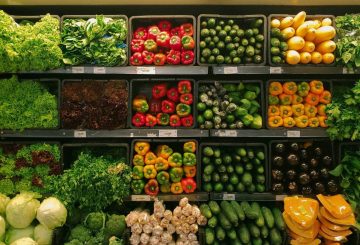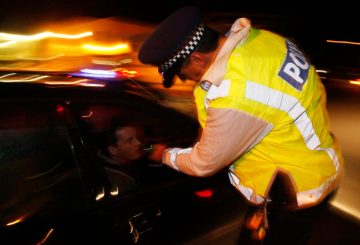Pernahkah Anda mempertimbangkan menghitung paus sebagai kegiatan musim dingin yang menyenangkan? Penghitungan Paus Kaikoura Besar di Selandia Baru mencari sukarelawan dari 27 Juni hingga 10 Juli. Kaikōura Ocean Research Institute (KORI) memulai proyek ini pada tahun 2020 ketika perusahaan perjalanan ditutup karena pembatasan Covid-19.
Tujuan dari proyek ini adalah untuk memperkirakan jumlah paus yang bermigrasi antara tempat makan mereka di Samudra Selatan dekat Antartika dan tempat berkembang biaknya di iklim yang lebih hangat. Penghitungan dijeda selama setahun karena kurangnya dana, tetapi direktur KORI Dr. Jody Weir mengkonfirmasi bahwa pendanaan telah dijamin dari Dewan Distrik Kaikōura.
Hampir 200 sukarelawan dari seluruh negeri membantu penghitungan tahunan. Selama tiga tahun itu dilakukan, KORI mengamati peningkatan jumlah paus, termasuk bungkuk, dan sejumlah besar anak sapi. “Pada hari terbaik di tahun 2022, kami menghitung 40 bungkuk dan ada orca, paus sperma, dan paus biru,” kata Dr. Weir.
Pada Mei 2020, operator pariwisata lokal WhaleWatch dan Dolphin Encounter ditutup karena Covid, tetapi paus masih bermigrasi. Orang-orang yang tidak bekerja dan menerima subsidi pemerintah dikirim untuk membantu, bersama dengan wisatawan yang terjebak di daerah tersebut.
KORI telah menerima hibah dari dewan untuk mendanai beberapa magang, memungkinkan siswa untuk membantu menjalankan inisiatif, termasuk penghitungan paus. Setiap hari, dari 27 Juni hingga 10 Juli, relawan akan melihat paus di stasiun pemantauan di Semenanjung Kaikoura dari pukul 10 pagi hingga 4 sore, jika cuaca memungkinkan.
Sesi pelatihan akan diadakan di Museum Kaikoura pada 27 Juni, dan akan ada acara gratis untuk merayakan paus pada hari Sabtu, 29 Juni, dan Minggu, 7 Juli. Untuk informasi lebih lanjut, Anda dapat menghubungi gkwc2024@gmail.com.





























































